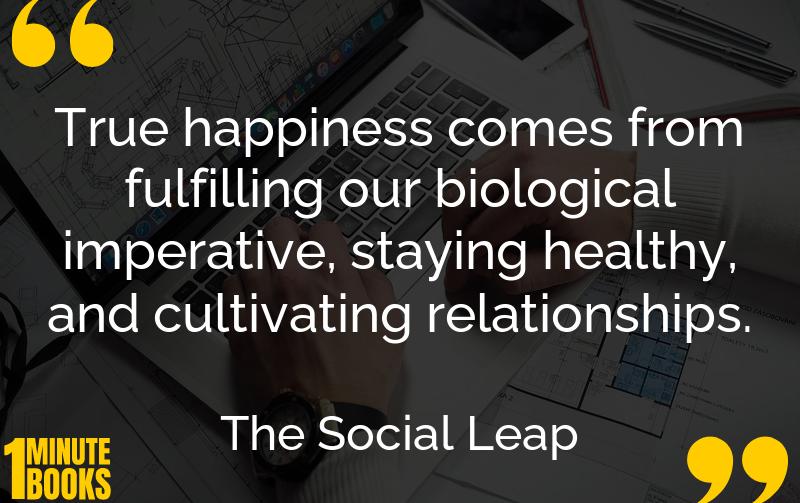
The Social Leap explores how evolutionary pressures shaped human social behavior, detailing our journey from primitive ancestors to modern society. It connects cognitive evolution, societal changes, and the role of happiness and social innovation.
Main Lessons
- Social behavior originated from evolutionary pressures when pre-humans adapted to life on the savannah.
- Developing communication skills, emotional intelligence, and cooperation was crucial for survival.
- Human brains evolved to handle complex social lives and refine survival strategies.
- Agriculture led to inequality, hierarchy, and altered gender roles, diverging from communal living.
- Social connections are vital for survival, persuasion, and emotional expression.
- Social innovations often outpace technical ones, being rooted in leveraging relationships.
- Our behavior is shaped by social contexts, determining cooperation or conflict outcomes.
- The paradox of happiness lies in balancing motivation with fleeting contentment.
- True happiness stems from fulfilling our biological roles, maintaining health, and nurturing relationships.
- Material possessions can bring temporary joy, but long-term happiness relies on evolutionary imperatives.








